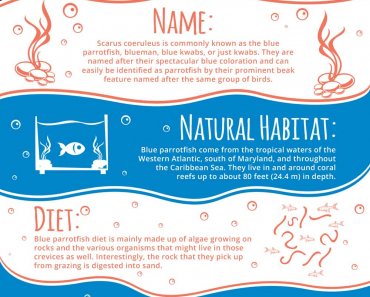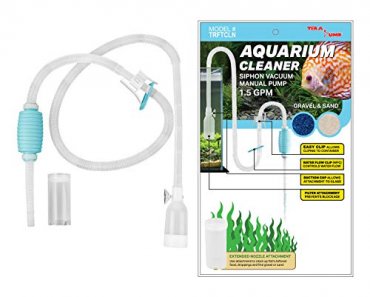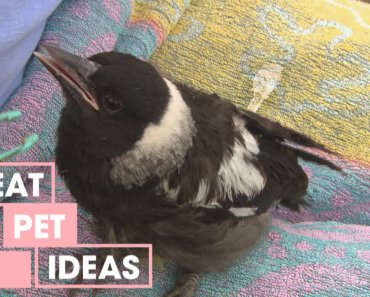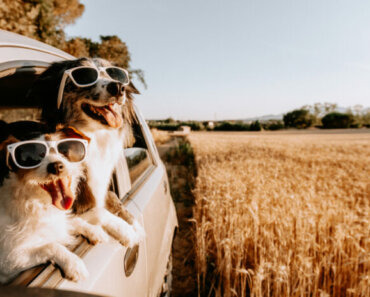Food allergies are very common in dogs and cats and can lead to digestive issues as well as skin problems. Helping him heal involves improving his nutrition.
Many dogs and cats suffer from food allergies — or “cutaneous adverse food reactions”, as your veterinarian may call them. Food allergies occur when a dog or cat’s immune system mounts an attack against a substance in an ingested food. Current literature suggests that certain proteins within foods are the culprits of these allergies, although we also still consider carbohydrates a causative factor. Let’s look at the signs of food allergies in your dog or cat, and how improving his nutrition can help heal him.
What are the symptoms of food allergies in animals?
Signs that your dog or cat may have a food allergy include, but are not limited to:
- Gurgling belly sounds
- Frequent diarrhea
- Frequent vomiting
- Refusal of food or general pickiness
- Excessive itching and hair loss
- Excessive licking or chewing of paws or skin
- Constant skin or ear infections
- Chronic weight loss
 A veterinarian can help diagnose your animal’s problem by determining whether he has food versus environmental allergies (which can cause both skin and gastrointestinal symptoms), or a food intolerance (whose symptoms are primarily gastrointestinal). It is essential to understand which of these conditions your dog or cat may have, as the treatments for each are very different. In this article, we’re focusing on food allergies.
A veterinarian can help diagnose your animal’s problem by determining whether he has food versus environmental allergies (which can cause both skin and gastrointestinal symptoms), or a food intolerance (whose symptoms are primarily gastrointestinal). It is essential to understand which of these conditions your dog or cat may have, as the treatments for each are very different. In this article, we’re focusing on food allergies.
The link between food allergies and the immune system
When selecting the best diet for your dog or cat, it is essential to keep the quality, type and source of the food’s ingredients in mind. The diet you select for your young Labrador will most likely differ from the diet you select for your older Westie. Why? Because the immune system of each dog is different, which means each will respond differently to the proteins in his diet. If the Westie’s immune system recognizes a food with chicken meal as foreign and a threat to his health, then you need to switch him to a diet that will not instigate the immune system. However, the young Labrador may tolerate the initial diet just fine.
Immune systems are not created equal, so it’s important to realize that several different diets may be required within a multi-animal household. Having said that, some common pet food ingredients should be considered when getting to the root of your dog or cat’s allergies (see sidebar above).
Using nutrition to alleviate allergic reactions – a two-pronged approach
 1. If your veterinarian has diagnosed your animal with food allergies, the next step is to select a novel protein or limited-ingredient diet for him. This means a protein (and potentially also a carbohydrate) that your dog or cat’s immune system has never encountered before. It is also very important that this diet include only a few items on the ingredients list. So it’s essential that you spend time reading and analyzing the ingredients lists on pet foods before making a choice.
1. If your veterinarian has diagnosed your animal with food allergies, the next step is to select a novel protein or limited-ingredient diet for him. This means a protein (and potentially also a carbohydrate) that your dog or cat’s immune system has never encountered before. It is also very important that this diet include only a few items on the ingredients list. So it’s essential that you spend time reading and analyzing the ingredients lists on pet foods before making a choice.
I prefer novel protein or select protein diets. The goal with these foods is to avoid an immune system flare-up by removing insulting protein sources. You can also consider home-cooking as an option for your allergic dog or cat.
2. Your veterinarian will recommend a dietary elimination trial – this means sticking with the chosen diet (and only that diet) for a long period of time (a minimum of four to eight weeks) and evaluating how your dog or cat is doing. It is extremely important that your animal eats this diet only, and nothing else, including treats, bones, table scraps, etc. If he consumes something outside the elimination diet, the trial will need to be extended for an even longer period, since the new insult could cause an immune system flareup.
Once the elimination diet period has been successfully completed, you can carefully start re-introducing other foods again. Note what you’re giving your dog or cat, and any potential reactions to it, so you can build up a record of the foods he should avoid, and those it’s safe for him to enjoy.
Tips and tricks for success
1. Remember to read and analyze every ingredient label on every ingestible item you would like to give your dog or cat. Knowledge is power. Even medications, such as flea and tick preventatives, can contain flavor additives.
2. When switching your animal to any new food, be sure to start slow! The transition should be done gradually over two weeks. Your veterinarian can help you create a schedule.
3. I highly recommend keeping a diary when your dog or cat is on his elimination diet. Record what he is eating every day, as well as the overall level of any clinical signs you observe — for example, you can rate your dog’s itchiness or diarrhea on a level from 0 to 5). This way, you can help evaluate if the diet is working. You can also use your diary to record any reactions to the foods you re-introduce after the elimination diet period is finished.
4. Be strong – your dog or cat may still beg for treats or table scraps, but resist the temptation to give in to him.
Resolving food allergies in your dog or cat requires plenty of patience and persistence. Start with having him properly diagnosed by your veterinarian, then put him on an elimination diet featuring a limited-ingredient novel protein or select protein food. Adding in other foods after the trial aids you in determining the ingredients he’s sensitive to, so you can avoid them moving forward and help ensure a healthier, happier dog or cat!




























